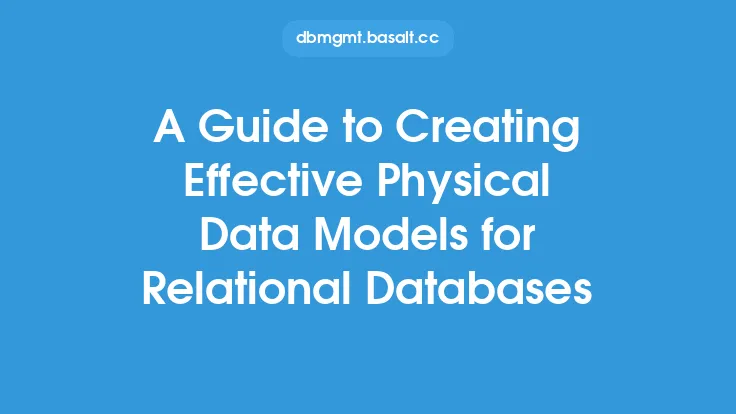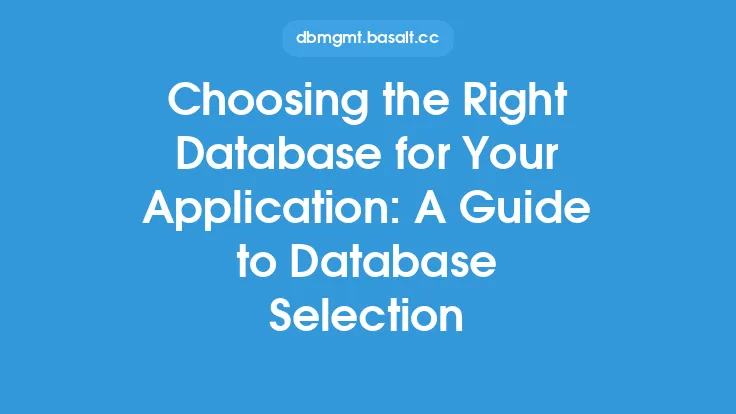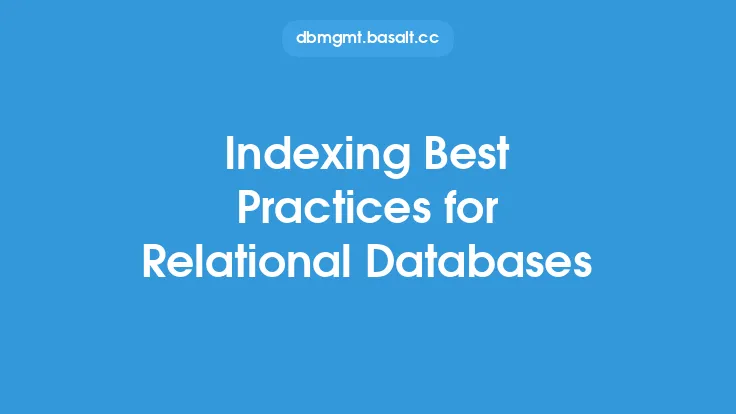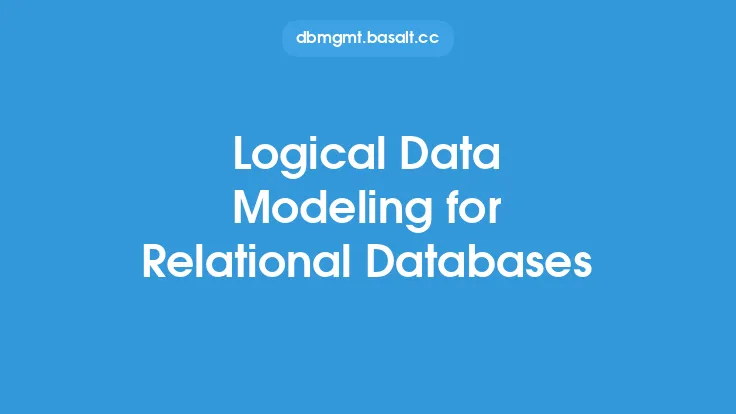When it comes to choosing a database for your application, one of the most critical decisions you'll make is whether to use a relational database or a NoSQL database. Both types of databases have their own strengths and weaknesses, and the right choice for your project will depend on a variety of factors, including the type of data you're working with, the scalability requirements of your application, and the complexity of your data model.
Introduction to Relational Databases
Relational databases, also known as relational database management systems (RDBMS), have been the traditional choice for storing and managing data for decades. They use a structured approach to store data, with each piece of data stored in a table with well-defined relationships between them. This approach allows for powerful querying capabilities, using languages like SQL (Structured Query Language), and supports complex transactions and data consistency. Relational databases are ideal for applications that require strong data consistency, support for complex transactions, and adherence to a fixed schema. Examples of relational databases include MySQL, PostgreSQL, and Microsoft SQL Server.
Introduction to NoSQL Databases
NoSQL databases, also known as non-relational databases, have gained popularity in recent years due to their ability to handle large amounts of unstructured or semi-structured data. They offer a flexible schema, or in some cases, no schema at all, which allows for easier adaptation to changing data models. NoSQL databases are designed to scale horizontally, making them well-suited for big data and real-time web applications. They often sacrifice some of the consistency and transactional support of relational databases in favor of higher scalability and faster data retrieval. Examples of NoSQL databases include MongoDB, Cassandra, and Redis.
Key Differences Between Relational and NoSQL Databases
One of the primary differences between relational and NoSQL databases is the way they store data. Relational databases use a fixed schema, with data stored in tables with well-defined relationships between them. NoSQL databases, on the other hand, use a variety of data models, including key-value, document, graph, and column-family stores. This flexibility in data modeling allows NoSQL databases to handle large amounts of unstructured or semi-structured data, making them well-suited for big data and real-time web applications.
Another key difference is the level of data consistency and transactional support. Relational databases support complex transactions and enforce data consistency through the use of locks and other mechanisms. NoSQL databases, while often supporting some level of transactional support, may sacrifice consistency in favor of higher scalability and faster data retrieval.
Use Cases for Relational Databases
Relational databases are well-suited for applications that require strong data consistency, support for complex transactions, and adherence to a fixed schema. Examples of use cases for relational databases include:
- Financial applications, such as banking and accounting systems, which require strong data consistency and support for complex transactions.
- E-commerce applications, which require support for complex transactions and strong data consistency.
- Enterprise resource planning (ERP) systems, which require strong data consistency and support for complex transactions.
Use Cases for NoSQL Databases
NoSQL databases are well-suited for applications that require high scalability, fast data retrieval, and flexibility in data modeling. Examples of use cases for NoSQL databases include:
- Big data and real-time web applications, such as social media and analytics platforms, which require high scalability and fast data retrieval.
- Content management systems, which require flexibility in data modeling and high scalability.
- Mobile and web applications, which require fast data retrieval and high scalability.
Choosing Between Relational and NoSQL Databases
When choosing between a relational database and a NoSQL database, there are several factors to consider. These include:
- Data structure: If your data is structured and well-defined, a relational database may be a good choice. If your data is unstructured or semi-structured, a NoSQL database may be a better fit.
- Scalability: If your application requires high scalability, a NoSQL database may be a good choice. If your application requires strong data consistency and support for complex transactions, a relational database may be a better fit.
- Data consistency: If your application requires strong data consistency, a relational database may be a good choice. If your application can tolerate some level of data inconsistency, a NoSQL database may be a better fit.
Conclusion
In conclusion, the choice between a relational database and a NoSQL database depends on a variety of factors, including the type of data you're working with, the scalability requirements of your application, and the complexity of your data model. Relational databases are well-suited for applications that require strong data consistency, support for complex transactions, and adherence to a fixed schema. NoSQL databases are well-suited for applications that require high scalability, fast data retrieval, and flexibility in data modeling. By understanding the strengths and weaknesses of each type of database, you can make an informed decision and choose the right database for your project.





